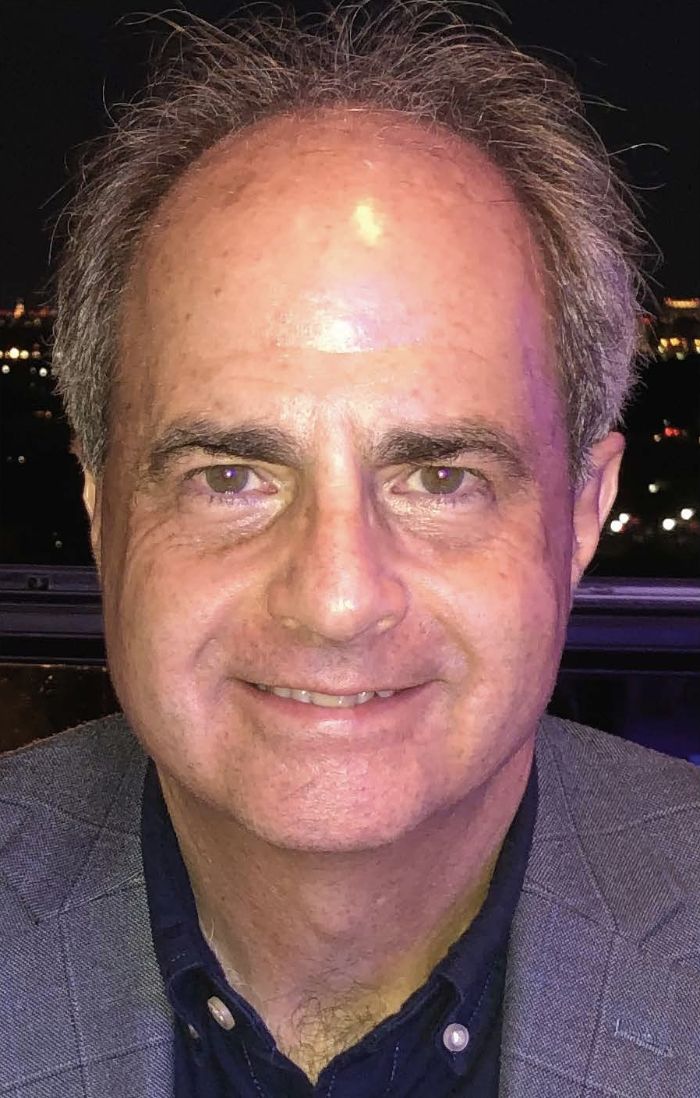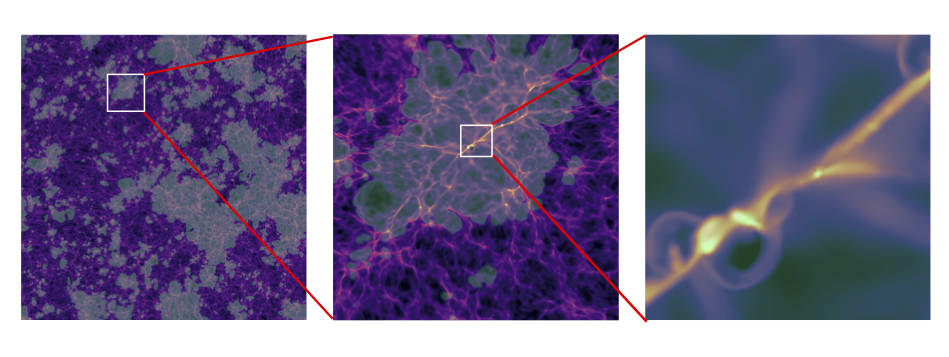
I will present the latest results of The Cosmic Dawn ("CoDa") Project, to simulate the Epoch of Reionization, during the first billion years of cosmic time. When the first galaxies formed stars whose UV radiation escaped into the cold, neutral intergalactic medium, they created giant H II regions that grew in size and number until they overlapped. Galaxy formation and reionization were correlated and fully-coupled from the beginning, feeding back on each other with observable consequences. Just as galaxy formation was clustered along the cosmic web of large-scale structure in the universe, so reionization and its back-reaction on galaxies were also fundamentally inhomogeneous in space and time, on scales large and small. Astronomers have begun to probe this early epoch, looking ever further back in time, with existing facilities like the Hubble Space Telescope and NASA’s newly-launched James Webb Space Telescope, constraining theory and demanding better predictions. To model this, we must track fully-coupled galaxy formation and reionization and their mutual feedback, following the escape of ionizing starlight from galaxies as it heated and pressurized the intergalactic gas, which, in turn, suppressed its gravitational infall into galaxies, depriving them of the fuel supply for further star formation. Toward this end, we are pioneering a new frontier of computational cosmology in which, not only hydrodynamics of atomic gas and gravitational dynamics of gas and dark matter are simulated together, but a critical new element is added to the mix – the transfer of ionizing radiation and its back-reaction on the gas -- which greatly increases the computational challenge.

More about
The CoDa Project recently achieved a new milestone - CoDa III – with a trillion computational elements -- (8192)3 particles for dark matter and stars and (8192)3 grid cells for the baryon-electron gas and ionizing radiation -- the largest radiation- hydrodynamics simulation to date of fully-coupled reionization and galaxy formation, in a 100 cMpc volume -- large enough to model both global and local reionization -- and with enough resolving power to follow all of the millions of galaxies in that volume responsible for reionization. CoDa III required running our hybrid CPU-GPU code RAMSES-CUDATON for 10 days on the Summit supercomputer at the Oak Ridge Leadership Computing Facility (OLCF), utilizing 131,072 CPU processors and 24,576 GPUs. Results of CoDa III and its predecessor CoDa simulations will be presented and predictions compared with the latest observations.
This Friday colloquium will be Online. Attendees can participate via Zoom at:
https://uio.zoom.us/j/69001043754?pwd=cEJpbVE5ci9PdWNtRld2TDNNcGtKdz09
Meeting ID: 690 0104 3754
Passcode: PeiseStua3
Attendees will be muted during the colloquium, but will have the opportunity to ask questions at the end by clicking on the "raise hand” button (or send a request via chat).